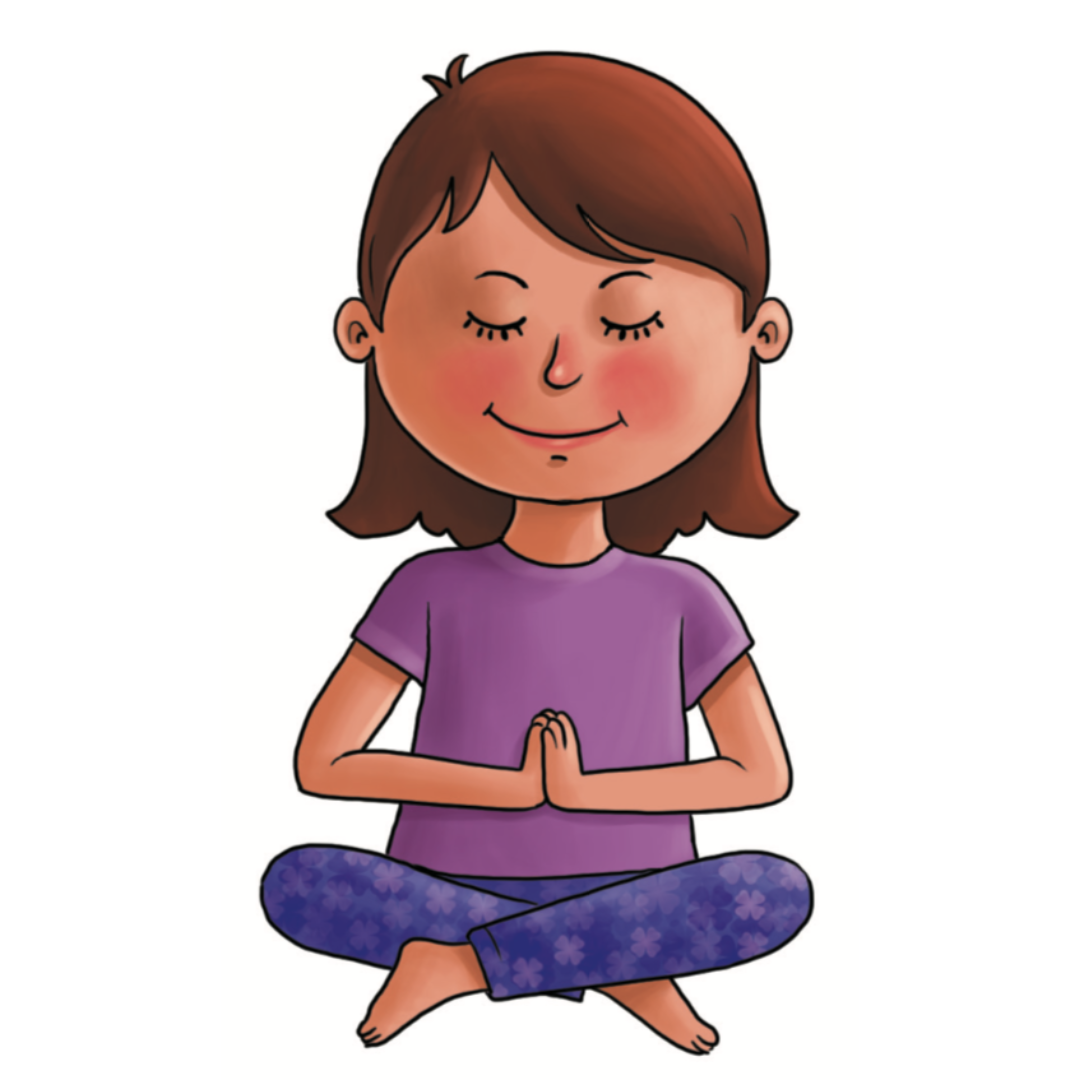
Anger is a natural emotion, but when children experience feelings of frustration and upset, it can often translate into aggression and violence. This can hurt the child, others, or even damage property. It’s crucial to teach children how to manage their angry feelings and practice self-control to deal with anger in a healthy way.
Recognizing Signs of Anger
Children might exhibit various physical and emotional signs when they are angry, including:
- Blushing and reddened ears
- Hyperventilating
- Increased heart rate
- Stomach aches
- Clenched jaw and teeth
- Frowning
- Clenched fists
- Yelling
- Crying
Steps to Help Children Manage Anger
1. Identify the Cause: Help the child understand the reason behind their anger, whether it’s due to a specific desire or mistreatment by others.
2. Normalize Anger: Explain that feeling angry is normal and it's okay to express this anger as long as it doesn’t harm anyone or anything.
3. Encourage Verbal Expression: Urge the child to talk about their anger and describe their feelings.
4. Teach Self-Control Skills: Show the child appropriate strategies to manage their anger and practice self-control.
5. Reinforce Positive Behavior: Encourage and praise the child when they use appropriate self-control techniques, helping them to better manage their emotions independently.
6. Set Boundaries: Deny unreasonable demands during emotional outbursts to teach children that not all desires can be met.
Benefits of Self-Control
A child’s ability to manage their emotions can lead to:
- Feeling calm, relaxed, and happy
- Better connections with others
- Achieving goals without resorting to violence
- Forming loving friendships
- Improved sleep patterns
Self-Control Strategies
1. Calm Down: Take a deep breath, count to ten, or drink a glass of water.
2. Express Feelings: Verbally express feelings or write them down.
3. Vent Safely: Punch a pillow, run in the garden, pace, jump, or drum.
4. Engage in Joyful Activities: Dance, color, read a story, or play a game.
5. Practice Meditation and Relaxation: Teach children to meditate, relax, and breathe deeply.
Breathing Exercises for Kids
1. Deep Breathing:
- Inhale deeply through the nose (as if smelling a slice of pizza).
- Feel the chest fill with air.
- Hold the breath while counting silently to three.
- Exhale through the mouth (as if blowing on a hot slice of pizza).
- Repeat.
2. Meditation and Relaxation Techniques:
- Sit with a straight back and close your eyes.
- Imagine a pleasant scenario (e.g., sleeping on a cloud).
- Breathe softly, feeling the air flow through the nose, into the chest, and out through the mouth.
- Move the body gently as if waking from a comfortable sleep: stretch the arms to the side, then raise them above the head while inhaling deeply through the nose.
- Lower the arms in a circular motion while exhaling through the mouth.
- Repeat the process to feel more comfortable.
By teaching and reinforcing these skills, we can help children develop a healthier relationship with their emotions, leading to a more peaceful and productive environment for everyone.